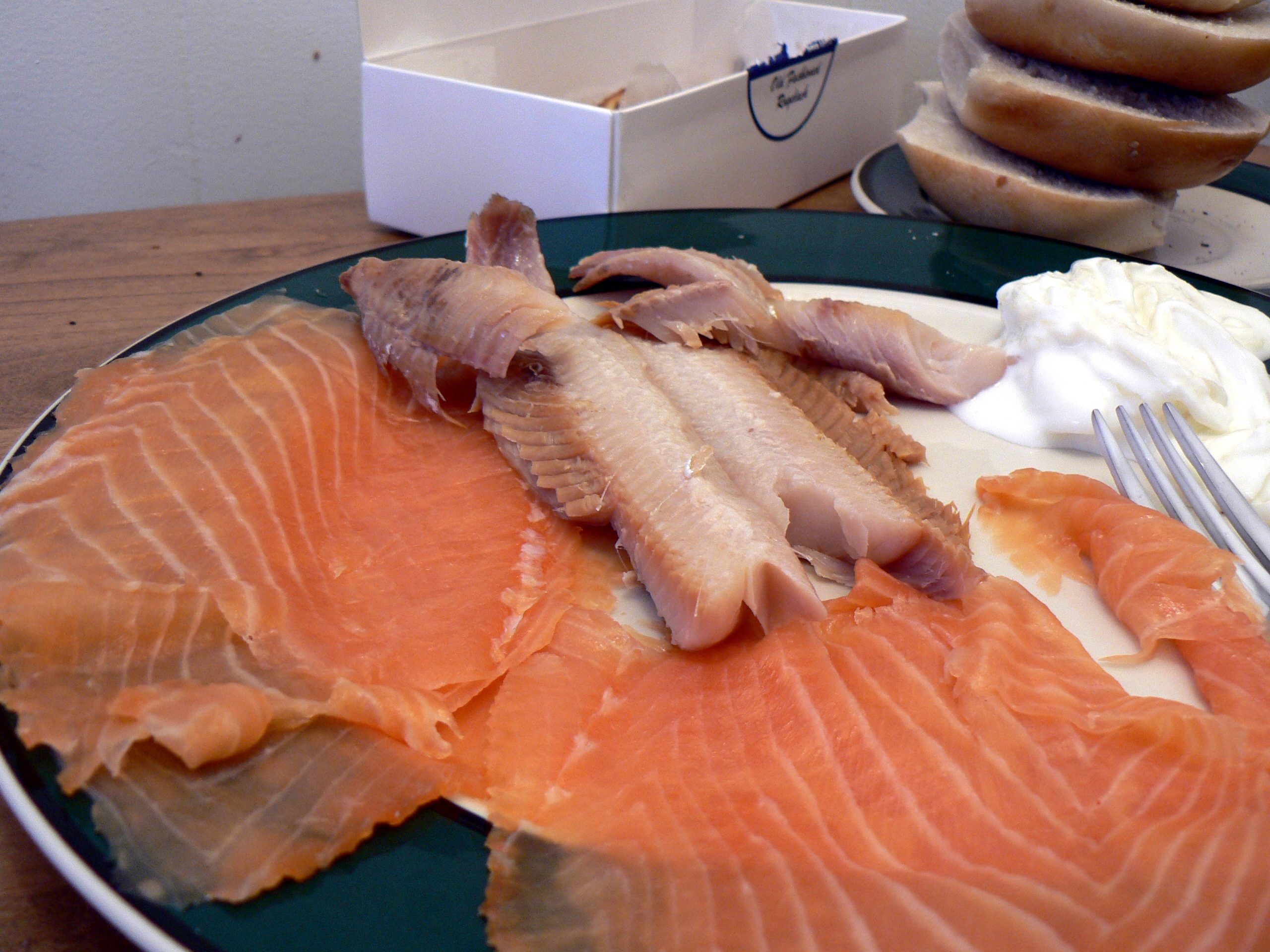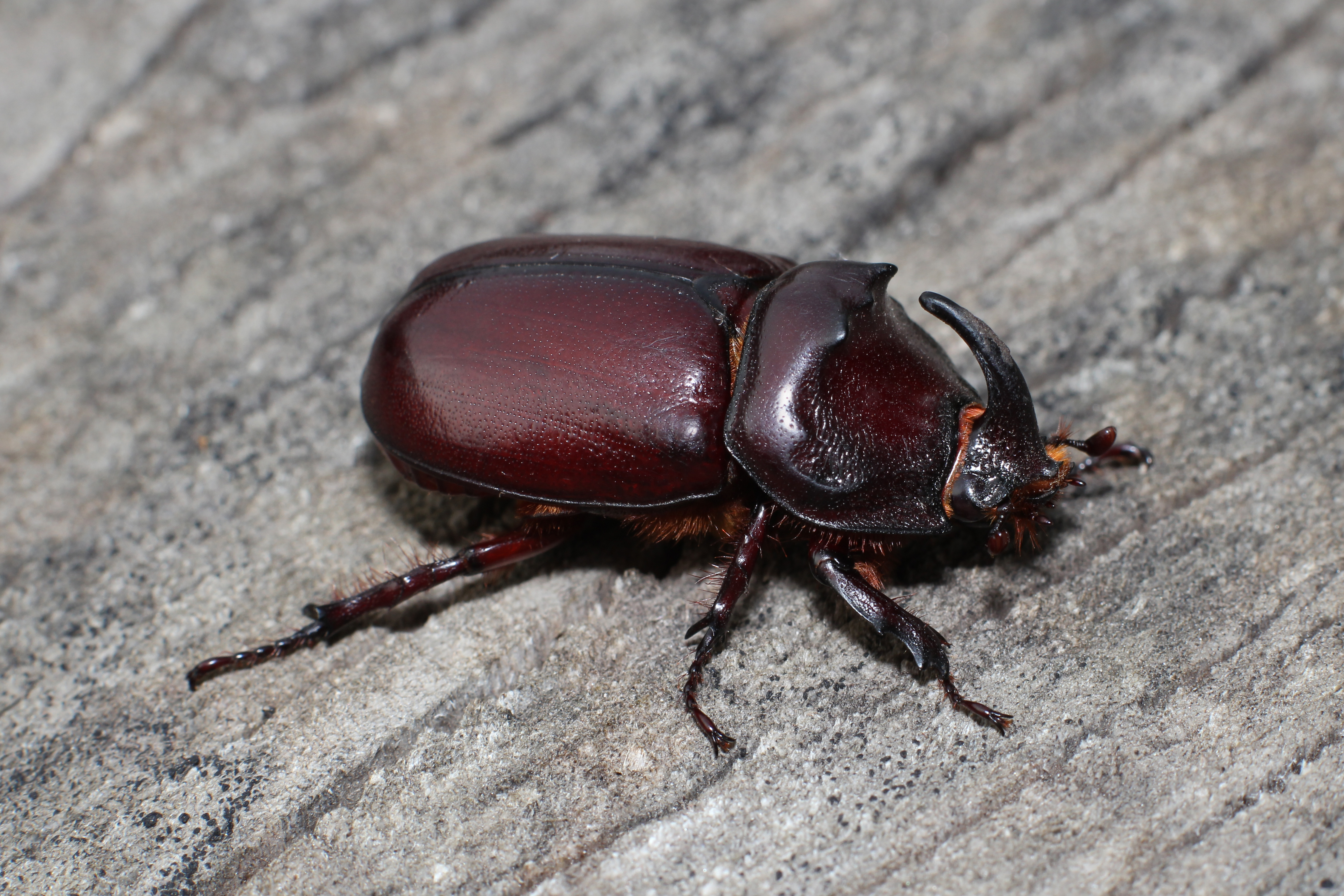|
Debeckius
''Debeckius'' is a genus of scarab beetles. It is monotypic, being represented by the single species, ''Debeckius beccarii''. It is native to New Guinea. It was previously assigned to the genus ''Beckius'', but that name was preoccupied by a fossil whitefish. Taxonomy The genus ''Debeckius'' is classified within the tribe Dynastini, known as true rhinoceros beetles. The following subspecies In biological classification, subspecies is a rank below species, used for populations that live in different areas and vary in size, shape, or other physical characteristics (morphology), but that can successfully interbreed. Not all species ... are recognised: * ''Debeckius beccarii beccarii'' (Gestro, 1876) * ''Debeckius beccarii koletta'' (Voirin, 1978) * ''Debeckius beccarii ryusuii'' (Nagai, 2006) References Dynastinae {{Dynastinae-stub Insects described in 2022 Insects of New Guinea ... [...More Info...] [...Related Items...] OR: [Wikipedia] [Google] [Baidu] |
Dynastini
Dynastini is a tribe of rhinoceros beetles in the family Scarabaeidae. Subtribes and genera ''BioLib'' includes: tribus Dynastini MacLeay, 1819. ;subtribe Chalcosomina Rowland & Miller, 2012 # ''Chalcosoma'' Hope, 1837 # ''Debeckius'' Allsopp, 2022 - monotypic ''Debeckius beccarii'' (Gestro, 1876) has also been placed in genus ''Beckius'' and originally ''Chalcosoma'' # ''Eupatorus'' Burmeister, 1847 # ''Haploscapanes'' Arrow, 1908 # ''Pachyoryctes'' Arrow, 1908 ;subtribe Dynastina MacLeay, 1819 # ''Augosoma'' Burmeister, 1841 # ''Dynastes'' MacLeay, 1819 - type genus # ''Golofa'' Hope, 1837 # ''Megasoma'' Kirby, 1825 ;subtribe Xylotrupina Hope, 1838 # ''Allomyrina'' Arrow, 1911 (incl ... [...More Info...] [...Related Items...] OR: [Wikipedia] [Google] [Baidu] |
Scarabaeidae
The family Scarabaeidae, as currently defined, consists of over 30,000 species of beetles worldwide; they are often called scarabs or scarab beetles. The classification of this family has undergone significant change in recent years. Several subfamilies have been elevated to family rank (e.g., Bolboceratidae, Geotrupidae, Glaresidae, Glaphyridae, Hybosoridae, Ochodaeidae, and Pleocomidae), and some reduced to lower ranks. The subfamilies listed in this article are in accordance with those in Bouchard (2011). Description Scarabs are stout-bodied beetles, many with bright metallic colours, measuring between . They have distinctive, clubbed antennae composed of plates called lamellae that can be compressed into a ball or fanned out like leaves to sense odours. Many species are fossorial, with legs adapted for digging. In some groups males (and sometimes females) have prominent horns on the head and/or pronotum to fight over mates or resources. The largest fossil scaraba ... [...More Info...] [...Related Items...] OR: [Wikipedia] [Google] [Baidu] |
Monotypic
In biology, a monotypic taxon is a taxonomic group (taxon) that contains only one immediately subordinate taxon. A monotypic species is one that does not include subspecies or smaller, infraspecific taxa. In the case of genera, the term "unispecific" or "monospecific" is sometimes preferred. In botanical nomenclature, a monotypic genus is a genus in the special case where a genus and a single species are simultaneously described. In contrast, an oligotypic taxon contains more than one but only a very few subordinate taxa. Examples Just as the term ''monotypic'' is used to describe a taxon including only one subdivision, the contained taxon can also be referred to as monotypic within the higher-level taxon, e.g. a genus monotypic within a family. Some examples of monotypic groups are: Plants * In the order Amborellales, there is only one family, Amborellaceae and there is only one genus, '' Amborella'', and in this genus there is only one species, namely ''Amborella trichopoda. ... [...More Info...] [...Related Items...] OR: [Wikipedia] [Google] [Baidu] |
New Guinea
New Guinea (; Hiri Motu Hiri Motu, also known as Police Motu, Pidgin Motu, or just Hiri, is a language of Papua New Guinea, which is spoken in surrounding areas of Port Moresby (Capital of Papua New Guinea). It is a simplified version of Motu, from the Austronesian l ...: ''Niu Gini''; id, Papua, or , historically ) is the List of islands by area, world's second-largest island with an area of . Located in Oceania in the southwestern Pacific Ocean, the island is separated from Mainland Australia, Australia by the wide Torres Strait, though both landmasses lie on the same continental shelf. Numerous smaller islands are located to the west and east. The eastern half of the island is the major land mass of the independent state of Papua New Guinea. The western half, known as Western New Guinea, forms a part of Indonesia and is organized as the provinces of Papua (province), Papua, Central Papua, Highland Papua, South Papua, Southwest Papua, and West Papua (province), West ... [...More Info...] [...Related Items...] OR: [Wikipedia] [Google] [Baidu] |
Freshwater Whitefish
The freshwater whitefish are fishes of the subfamily Coregoninae, which contains whitefishes (both freshwater and anadromous) and ciscoes, and is one of three subfamilies in the salmon family Salmonidae. Apart from the subfamily Coregoninae, the family Salmonidae includes the salmon, trout, and char species of the subfamily Salmoninae, and grayling species of the subfamily Thymallinae. Freshwater whitefish are distributed mainly in relatively cool waters throughout the northern parts of the Northern Hemisphere. The Coregoninae subfamily consists of three nominal genera: *''Coregonus'' Linnaeus, 1758 – whitefishes and ciscoes, which according to some authors number more than 60 species. There are differing opinions on the classification of some species within the genus and the overall number of species. Some species in Arctic regions of Asia and North America forage in marine waters. *''Prosopium'' Jordan, 1878 – round whitefishes, which includes six species, three of which ... [...More Info...] [...Related Items...] OR: [Wikipedia] [Google] [Baidu] |
Genus
Genus ( plural genera ) is a taxonomic rank used in the biological classification of extant taxon, living and fossil organisms as well as Virus classification#ICTV classification, viruses. In the hierarchy of biological classification, genus comes above species and below family (taxonomy), family. In binomial nomenclature, the genus name forms the first part of the binomial species name for each species within the genus. :E.g. ''Panthera leo'' (lion) and ''Panthera onca'' (jaguar) are two species within the genus ''Panthera''. ''Panthera'' is a genus within the family Felidae. The composition of a genus is determined by taxonomy (biology), taxonomists. The standards for genus classification are not strictly codified, so different authorities often produce different classifications for genera. There are some general practices used, however, including the idea that a newly defined genus should fulfill these three criteria to be descriptively useful: # monophyly – all descendants ... [...More Info...] [...Related Items...] OR: [Wikipedia] [Google] [Baidu] |
Dynastinae
Dynastinae or rhinoceros beetles are a subfamily of the scarab beetle family (Scarabaeidae). Other common names – some for particular groups of rhinoceros beetles – include Hercules beetles, unicorn beetles or horn beetles. Over 1500 species and 225 genera of rhinoceros beetles are known. Many rhinoceros beetles are well known for their unique shapes and large sizes. Some famous species are, for example, the Atlas beetle (''Chalcosoma atlas''), common rhinoceros beetle (''Xylotrupes ulysses''), elephant beetle (''Megasoma elephas''), European rhinoceros beetle (''Oryctes nasicornis''), Hercules beetle (''Dynastes hercules''), Japanese rhinoceros beetle or ''kabutomushi'' (''Allomyrina dichotoma''), ox beetle (''Strategus aloeus'') and the Eastern Hercules beetle (''Dynastes tityus''). Description and ecology The Dynastinae are among the largest of beetles, reaching more than in length, but are completely harmless to humans because they cannot bite or sting. So ... [...More Info...] [...Related Items...] OR: [Wikipedia] [Google] [Baidu] |
Subspecies
In biological classification, subspecies is a rank below species, used for populations that live in different areas and vary in size, shape, or other physical characteristics (morphology), but that can successfully interbreed. Not all species have subspecies, but for those that do there must be at least two. Subspecies is abbreviated subsp. or ssp. and the singular and plural forms are the same ("the subspecies is" or "the subspecies are"). In zoology, under the International Code of Zoological Nomenclature, the subspecies is the only taxonomic rank below that of species that can receive a name. In botany and mycology, under the International Code of Nomenclature for algae, fungi, and plants, other infraspecific ranks, such as variety, may be named. In bacteriology and virology, under standard bacterial nomenclature and virus nomenclature, there are recommendations but not strict requirements for recognizing other important infraspecific ranks. A taxonomist decides whether ... [...More Info...] [...Related Items...] OR: [Wikipedia] [Google] [Baidu] |
Insects Described In 2022
Insects (from Latin ') are pancrustacean hexapod invertebrates of the class Insecta. They are the largest group within the arthropod phylum. Insects have a chitinous exoskeleton, a three-part body (head, thorax and abdomen), three pairs of jointed legs, compound eyes and one pair of antennae. Their blood is not totally contained in vessels; some circulates in an open cavity known as the haemocoel. Insects are the most diverse group of animals; they include more than a million described species and represent more than half of all known living organisms. The total number of extant species is estimated at between six and ten million; In: potentially over 90% of the animal life forms on Earth are insects. Insects may be found in nearly all environments, although only a small number of species reside in the oceans, which are dominated by another arthropod group, crustaceans, which recent research has indicated insects are nested within. Nearly all insects hatch from eggs. Insec ... [...More Info...] [...Related Items...] OR: [Wikipedia] [Google] [Baidu] |






